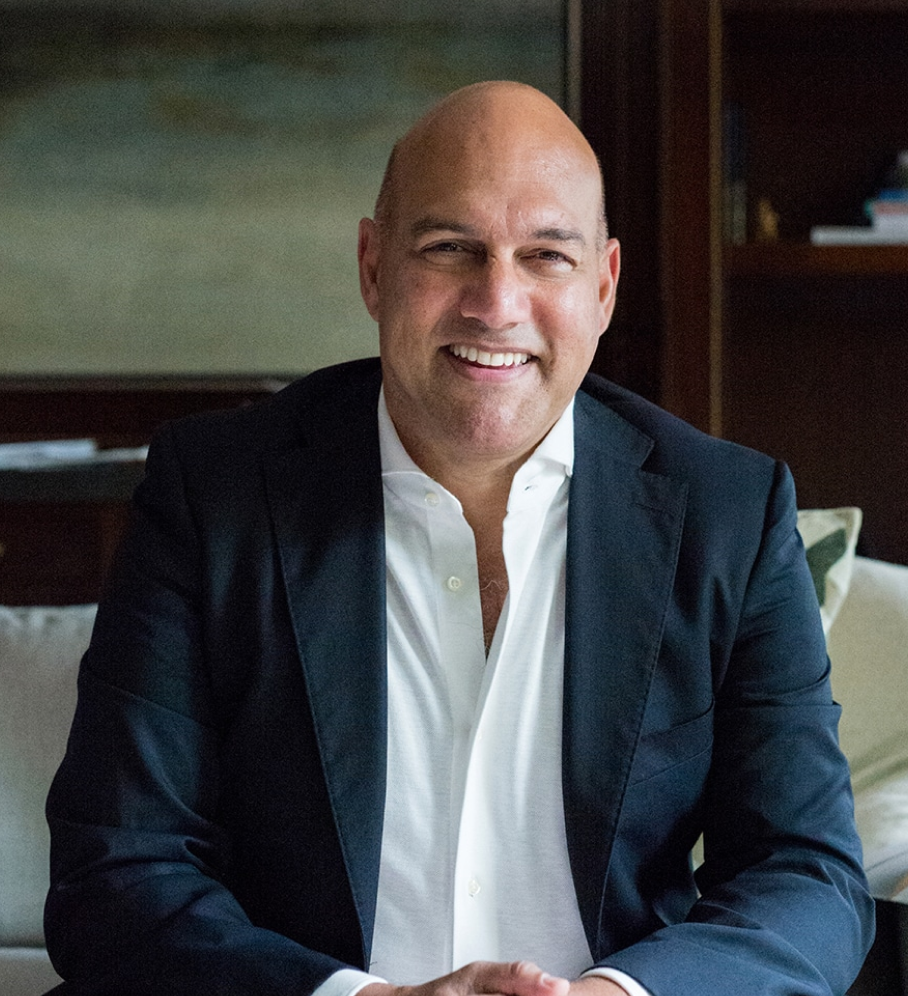The Challenge for Big Corporations
As the economy skews increasingly exponential, the largest corporations will have to adapt and ultimately become ExOs, in order to survive.
This is clear from the Fortune 100 data. Shareholders, watching their company’s market share decline, profits shrink, and stock prices fall, will demand that those companies change, even if it requires a shareholder revolt and the firing of senior management—which will be replaced with a more progressive one, committed to making the firm exponential. Those who don’t make the move—or who move too slowly—will limp along for a few years until their assets are ultimately acquired by successful ExOs, or are driven into bankruptcy.
Many of the companies that were born in the 20th century, in an analog and linear world, will need to transform. Their traditional products and services will no longer be relevant, nor will they be competitive. Most will be unable to cope with a digital, exponential world. With disruption coming, how will society deal with the massive unemployment and dislocation that will follow their demise?
For big companies, there is, in fact, a prescriptive path to transforming into an ExO. Indeed, the ExO community has worked over the last eight years to successfully transform big corporations. To date, we have engaged with more than 100 blue-chip corporations. We will cover corporate transformation extensively in our second planned book in this series (anticipated in 2024), but in summary, here’s the top-level, three-step plan for transforming an existing corporation:
-
Step 1 - Awake: Run an “Awake” session to alert senior management to an exponential future. The CEO and board must accept the need for disruptive change and ultimately drive this transformation.
-
Step 2 - Sprint: Run a 10-week ExO Sprint, which transforms culture at scale and solves the immune system problem.
-
Step 3 - Incubate: Create an incubator at the edge of the company that takes a portfolio of disruptive ideas and executes them, aiming at adjacent industries.
It’s not obvious, but the biggest companies in the world already operate like this. Google built an incubator called GoogleX to incubate radical ideas (the organization is now known simply as “X” within the Alphabet ecosystem). Amazon is the quintessential ExO in its ruthless application of Dashboards, Experimentation, and other ExO attributes.
But perhaps the biggest master of the ExO technique is the largest company in the world, Apple. Apple has a very simple modus operandi. Yes, it has an incredible design team, and yes, it has an amazing technology supply chain, but others have access to these. Salim maintains that Apple’s secret is its organizational design. Unlike any other company, Apple forms small, hyper-disruptive teams, places those teams at the edge of the company, keeps them secret, and then directs those teams to disrupt some industry. The result is that Apple has a portfolio of teams at the edge of the organization analyzing different industries. When they think retail—or watches, or payments—is ready for disruption, they pounce: entering that market and folding that offering back into the vast Apple ecosystem. That’s it. That’s why they’re the biggest company in the world. And there is no limit to Apple’s size. They just pick an industry, challenge it, own it, and then wash/rinse/repeat. What’s coming next? Healthcare, automotive, finance? When Apple broke through $1 trillion of market capitalization, Salim was one of the first to say they’d break two trillion very soon afterward.
Join Our ExO Community - Unlock Exponential Growth!
Traditional growth models risk obsolescence. Learn how to become an Exponential Organization (ExO) and drive innovation with disruptive technologies. Sign up now!
Organizations implementing the formula have delivered over
- ⭐ 6.8x high profitability
- ⭐ 40x higher shareholder returns
- ⭐ 11.7x better asset turnover
- ⭐ 2.6x better revenue growth








